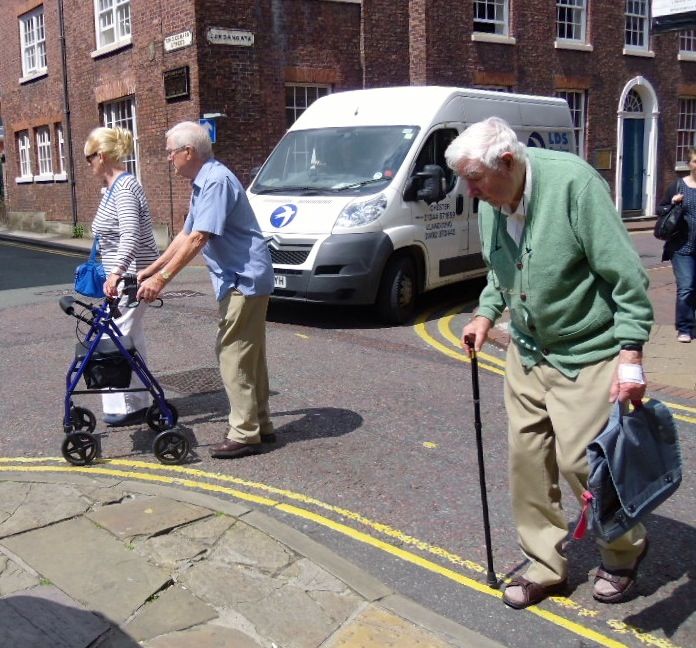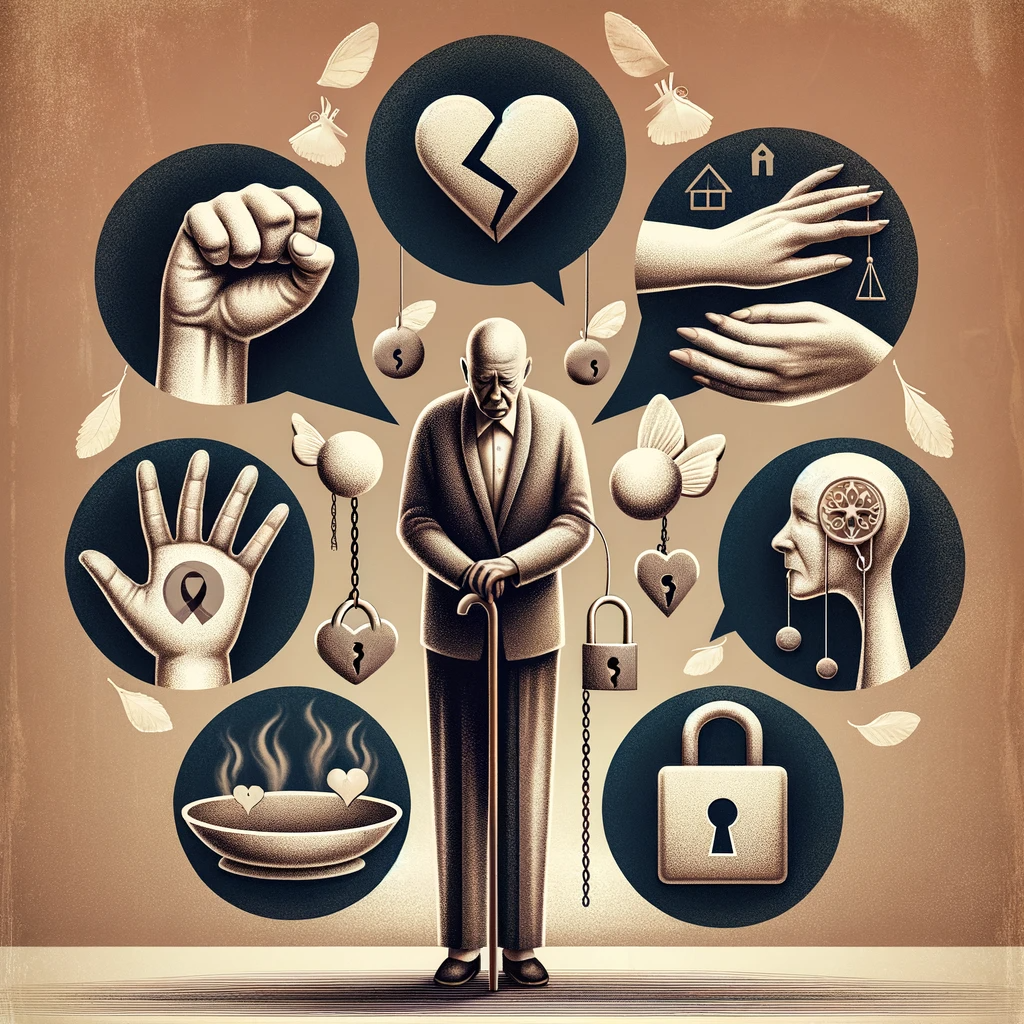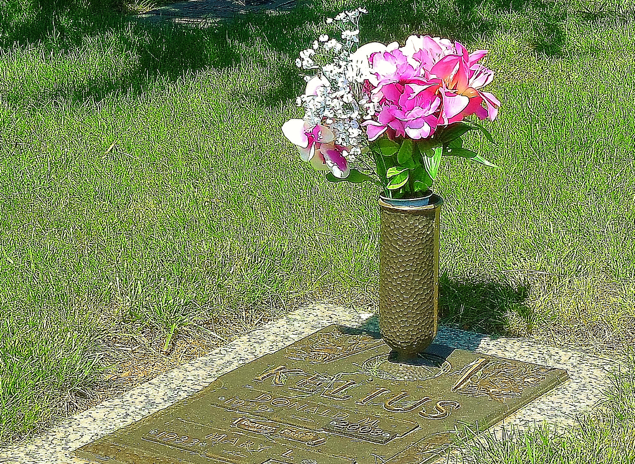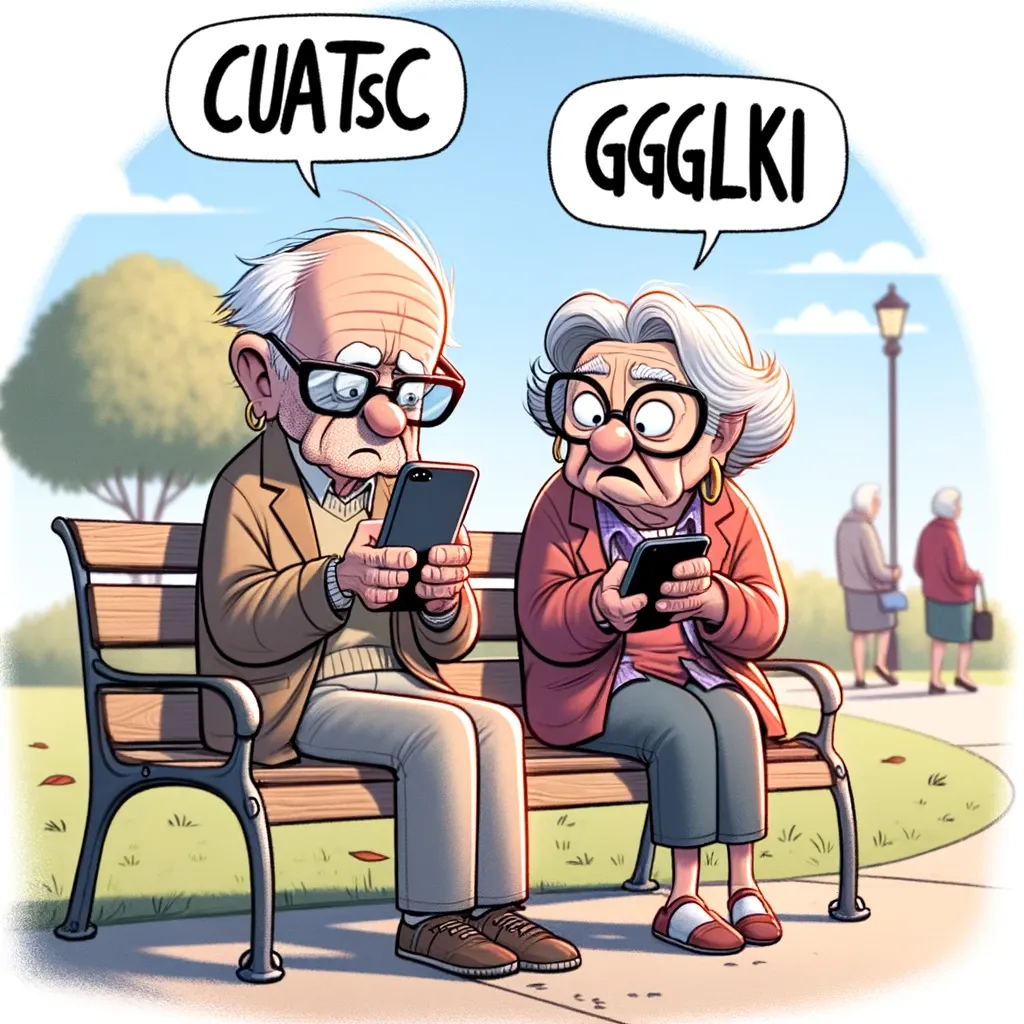Assisted Living: Dangerous, Deceiving and dysfunctional Part 1
Assisted Living Realities" delves into the challenges of the social care model in senior living. It explores the need for enhanced medical support, the financial burdens families face, and the importance of adapting services for the growing and diverse needs of the aging population.

Assisted Living Realities: Navigating the Social Model's Challenges in Senior Care Part 1 of 4
Assisted Living Realities" delves into the challenges of the social care model in senior living. It explores the need for enhanced medical support, the financial burdens families face, and the importance of adapting services for the growing and diverse needs of the aging population.
Assisted Living
Assisted living facilities have become a cornerstone in the senior housing industry, offering a unique blend of residential comfort and personal care. Unlike nursing homes or skilled nursing facilities, these communities focus on assisting residents with daily living in a more independent, home-like setting. They cater to older adults by providing essential services such as medication management, personal care, and engaging social activities, all within their own apartments or private rooms.
The primary foundation of assisted living lies in its social model, which prioritizes community living and independence over comprehensive medical care. This approach, while beneficial for many, can pose significant challenges, especially for residents with complex medical needs or cognitive impairments. The lack of extensive medical services, often found in either nursing home care, homes or specialized care facilities, underscores a critical gap in the assisted living setup.
Navigating Financial Challenges in Assisted Living Communities
Assisted living facilities often adopt an 'a la carte' approach to care, allowing residents to customize the services they receive based on their individual needs. This flexibility is a key feature of many assisted living communities, offering a balance between independence and support. However, this model also means that costs can vary significantly, depending on the level and frequency of services a resident requires.
For instance, if a resident needs assistance with medication management, this service will be added to their monthly bill. Similarly, regular monitoring of vital signs such as blood sugars and blood pressures is another service that, when required, contributes to the overall cost. These services are essential for many older adults, especially those with chronic medical conditions or those who need regular health monitoring.
The costs for these services are typically not flat-rate but are calculated based on the frequency and complexity of the care required. For example, a resident who needs medication administered several times a day will likely incur a higher cost than one who needs it only once daily. Similarly, the monitoring of blood sugar levels might be more frequent and hence more costly for a resident with unstable diabetes compared to someone with well-controlled diabetes.
Financing these personalized care services in an assisted living setting is a significant concern for many families. The overall living cost in an assisted living community is influenced by various factors, including the facility's location, the quality of accommodations, and the range of amenities offered that residents pay for. While some residents can comfortably pay through personal resources or with the help of family members, others might find it financially challenging.
Medicaid can provide some relief, but its coverage for assisted living costs is not universal and often varies from state to state. In many cases, Medicaid does not cover the full spectrum of costs associated with assisted living, particularly the more personalized aspects of care like specialized medication management or frequent health monitoring services. This leaves a portion of the expenses to be covered by the resident or their family, which can strain personal finances.
In summary, while the a la carte approach in assisted living offers tailored care suited to individual needs, it also leads to variable costs that can be a significant financial burden. Understanding and planning for these expenses is a critical aspect of navigating the options available in senior care.

Assisted living is based on a social model, not a medical model
The social model of care in assisted living primarily focuses on enhancing the social aspects of elderly residents' lives. This model emphasizes creating a community-like environment where personal interactions, social activities, and a sense of belonging are prioritized. Staff members, including personal care aides and support personnel, are primarily engaged in assisting residents with daily tasks such as bathing, dressing, meal preparation, and facilitating social and recreational activities. This approach aims to maintain the residents' independence and improve their overall quality of life through community engagement and social interaction.
However, the growing aging population presents complex medical needs and human services that the social model may not adequately address. Many elderly individuals have chronic health conditions or cognitive impairments, such as dementia, that require specialized medical care. In the context of memory care units, the challenges become even more pronounced. These units often face issues with understaffing or staff members who lack specific training in managing the unique needs of residents with dementia. The difficulty is compounded by the fact that dementia patients often struggle to communicate their needs, making it crucial for caregivers to have specialized knowledge and skills in identifying and addressing these unspoken needs.
Unfortunately, in many assisted living facilities, the knowledge of medical conditions among staff is limited. This limitation stems from the fact that the staffing model is not designed to provide comprehensive medical care. The lack of registered nurses or other medical professionals means that signs of deteriorating health or the complexities of managing chronic conditions might not be adequately recognized or addressed. This gap in care can lead to health risks for residents who need more than just assistance with daily living.
Another critical issue is the staffing approach based on state-mandated minimum levels rather than the acuity levels of residents' needs. This approach can result in inadequate staffing, particularly in memory care units where residents may require more intensive supervision and specialized care. There is a growing call for a staffing model that considers the varying levels of care needs among residents, ensuring that those with more complex health issues receive the appropriate level of medical attention and support.
In summary, while the social model in assisted living offers significant benefits in terms of fostering community and independence for seniors, it falls short in adequately addressing the medical needs of the aging population, particularly those with cognitive impairments like dementia. A more holistic approach that combines the social model with enhanced medical care capabilities, tailored to the acuity levels of residents' needs, is essential for providing comprehensive care in the residential setting of these communities.

The future of assisted living will involve caregiver robots and other technologies
The Future of Assisted Living: Adapting to the Needs of an Aging Population
The future of assisted living, in the face of a rapidly expanding older adult population, necessitates a significant evolution in its care model. This evolution is crucial to address the increasingly complex and varied needs of senior residents. A major aspect of this change is the integration of more comprehensive medical care within the traditional social model of assisted living. This means going beyond the current offerings of personal care services, medication management, and social activities, to include skilled nursing care, specialized services for cognitive health, in adult care facilities and more robust medical condition management.
As most assisted living facilities currently focus on promoting independence and community living in a residential care setting, they often lack the infrastructure and staff expertise needed for advanced medical care. This gap with skilled nursing facility becomes more evident in cases like memory care and other forms of skilled nursing needs. Adapting to the aging population means these facilities must consider enhancing their services to include a wider range of health care options, such as on-site registered nurses, physical therapy, and regular health statistics monitoring.
Assisted living cost varies depending on services offered
Financial accessibility is another critical aspect of the future of assisted living. Presently, assisted living costs are a significant burden for many families, with variations based on location, level of care, and the type of independent living in facilities. An important step forward would be finding ways to make these services more affordable, possibly through more extensive coverage by programs like Medicaid, or by developing new financial models that can ease the burden on personal resources.
Staff Training and resident to staff ratio needed to be addressed in most assisted living communities
Another key area of focus should be the staff training and resident-to-staff ratio. With the increasing acuity levels of residents' needs, especially in specialized units like memory care, there's a growing necessity for staff who are not only trained in personal care services but also in managing more complex health and cognitive conditions. This approach would require a shift from the minimum level of staffing mandated by the state to a model that is more responsive to the varying needs of residents.

What forms of technology would you benefit from in ALF?
Most assisted living residents would benefit from technology
In addition, embracing technology can play a pivotal role in this evolution of independent living community. Digital health tools, medication management systems, and other forms of technology can enhance the efficiency and effectiveness of care in assisted living settings. These tools can aid in better monitoring of residents' health, provide more personalized care plans, and improve communication between staff, residents, and family members.
In conclusion, the future of assisted living hinges on its ability to adapt to the multifaceted needs of an aging population. This involves a balanced approach to supportive living that combines the social aspects of community living with enhanced medical care, while also addressing the financial and staffing challenges. Such an evolution will ensure that assisted living facilities can provide a supportive, health-focused, and financially accessible environment for seniors.
Unveiling the Hidden Realities of Assisted Living Facilities
With over 50 years of experience as a Registered Nurse, I have gained a wealth of insights and transformative experiences in various healthcare environments, particularly in Assisted Living Facilities (ALFs). From working as an agency nurse to serving as a Director of Nursing (DON), my journey has been filled with challenges and rewarding moments.
One significant chapter of my career was spent as the Director of Nursing in a prestigious Assisted Living Facility. Amidst the elegance of this upscale establishment, I took on the role of DON, becoming the fifth person to do so in the span of just six months. In this position, I faced numerous areas in need of attention, ranging from physical infrastructure to operational procedures.
These challenges demanded my unwavering commitment, often resulting in long workdays and overnight stays to collaborate with night staff and conduct training sessions. The building's Administrator noticed my exceptional dedication to hands-on care, as I went beyond administration duties to train staff and address client concerns, ensuring the facility operated at its best.
The role I undertook was nothing short of overwhelming. On my very first day, while orienting myself, I had a poignant encounter with an elderly gentleman named "Ted." His presence in the refined dining hall caused unrest among other residents due to an unpleasant odor he carried. I engaged with Ted and convinced him to take me to his quarters. Despite warnings from aides, I entered his private room and was confronted with a shocking sight.

Ted was a hoarder, with a collection of used toilet paper indicating underlying incontinence issues. The traces of dried stool on his bedding and furniture were evidence of his predicament. His aversion to personal hygiene and changing of attire presented a unique challenge that needed immediate attention.
Further investigation revealed that Ted had legal representation overseeing his finances, but the lack of comprehensive care training for the staff hindered addressing his specific needs. This situation highlighted a broader financial aspect, as his attorney had not been consulted to adjust his care plan.
Through my efforts, I established a structured routine for Ted, leading to significant improvements in his personal hygiene and living conditions. Working with his attorney, I facilitated his transition to a more suitable facility that could provide the necessary level of care.
However, my time as a DON also had its share of poignant moments and challenges. Discovering instances of staff negligence in the memory care unit was a low point. These, along with cases of medical oversight and inadequate care, emphasized the systemic issues that needed resolution. Additionally, witnessing a dementia-afflicted resident tending to his ailing wife after hours underscored the limitations of the facility and the need for comprehensive care solutions.

End of life decisions are difficult for every age
The complexities of end-of-life scenarios and decision-making were a constant presence, exemplified by the case of a critically ill 97-year-old resident. With his daughters away for a holiday weekend, they struggled with healthcare choices, leading to a clash between their desires and medical expertise. This situation ultimately led to my decision to part ways with the facility, as balancing professional responsibility with ethical considerations reached a critical point.
This narrative serves as an introduction to a series of articles where I will delve deeper into the multifaceted world of Assisted Living Facilities. Each article will reveal new layers of insight and experiences that have shaped my perspective. I invite you to join me on this journey of exploration and reflection. Stay tuned for Part 2 as we continue unraveling the intricate tapestry of life and care within these unique establishments.
FAQ - Assisted Living Realities: Navigating the Social Model's Challenges in Senior Care
What is assisted living, and how does it differ from nursing homes?
- Assisted living provides support for daily tasks like personal care, medication management, and social activities in a home-like setting, allowing older adults more independence. In contrast, nursing homes offer skilled nursing care and medical services for those with higher health needs.
What types of services do assisted living communities offer?
- Most assisted living communities offer a range of services, including personal care, medication management, prepared meals, laundry services, transportation, social and recreational activities, and sometimes physical and occupational therapy.
What is the cost of assisted living, and how can I pay for it?
- Assisted living costs vary by location and services. Funding options include Medicaid, veterans benefits, long-term care insurance, personal savings, and personal resources. Medicaid coverage depends on the state, and certain Medicaid programs may help cover assisted living in some cases.
Do assisted living communities provide medical care?
- While assisted living facilities are not designed for skilled medical care, many offer basic health support like medication management and coordination for doctor's appointments. Some communities may partner with third-party providers for additional medical care or therapy services.
How do assisted living communities handle recreational and social activities?
- Many assisted living communities have social and recreational activities aimed at supporting cognitive health, promoting physical activity, and encouraging social engagement. Options can include group exercises, games, art therapy, and outings.
Can assisted living communities support residents with cognitive health needs?
- Many communities have dedicated memory care units for residents with cognitive health issues, such as dementia or Alzheimer's. These units provide specialized activities, secure environments, and staff trained to assist with cognitive impairments.
Is assisted living available in a private apartment or room?
- Most assisted living communities offer private apartments or private rooms, allowing residents a personal space within a residential setting. Options for shared rooms may also be available, depending on preference and budget.
What daily living support do residents receive in assisted living?
- Assisted living residents typically receive support with everyday tasks, like bathing, dressing, and preparing meals. Assisted living facilities aim to help residents maintain independence while supporting their daily needs.Does Medicaid cover assisted living costs?
- Medicaid may provide limited coverage for assisted living costs through specific state programs. It’s recommended to check state-specific Medicaid rules, as some states offer assistance for personal care services, while others do not.
What benefits do assisted living communities offer compared to independent living?
- Unlike independent living, assisted living offers support with personal care services and daily tasks, along with medical oversight and access to skilled nursing care if required. This provides a safer environment for seniors needing regular support.
Are there additional services like transportation or barber services?
- Yes, many assisted living communities offer extra amenities, including transportation services, barber services, and sometimes on-site therapies. These services help residents maintain quality of life and ease of access.
How does assisted living support older adults in a home-like environment?
- Assisted living provides a comfortable, residential setting with home-like features. Residents live in private or semi-private spaces, have access to shared community areas, and enjoy services like prepared meals and social activities that create a sense of home.
Can family members be involved in the care of assisted living residents?
- Absolutely! Family members are encouraged to participate in their loved one’s care by visiting, staying informed about their care plan, and attending family meetings with the community staff to ensure a coordinated approach.
How can I find the right assisted living community for my loved one?
- Start by conducting a location search, visiting different communities, and reviewing care surveys. Factors like services offered, assisted living cost, and the overall feel of the community can help you find the right fit.




PBS Front Line special Life and Death In Assisted Living
Our Resource section can help you find the information and tools that you need. We have courses, videos, checklists, guidebooks, cheat sheets, how-to guides and more.
You can get started by clicking on the link below. We know that taking care of a loved one is hard work, but with our help you can get the support that you need.
Click here to go to Resource Section now!
You might also like this article:









